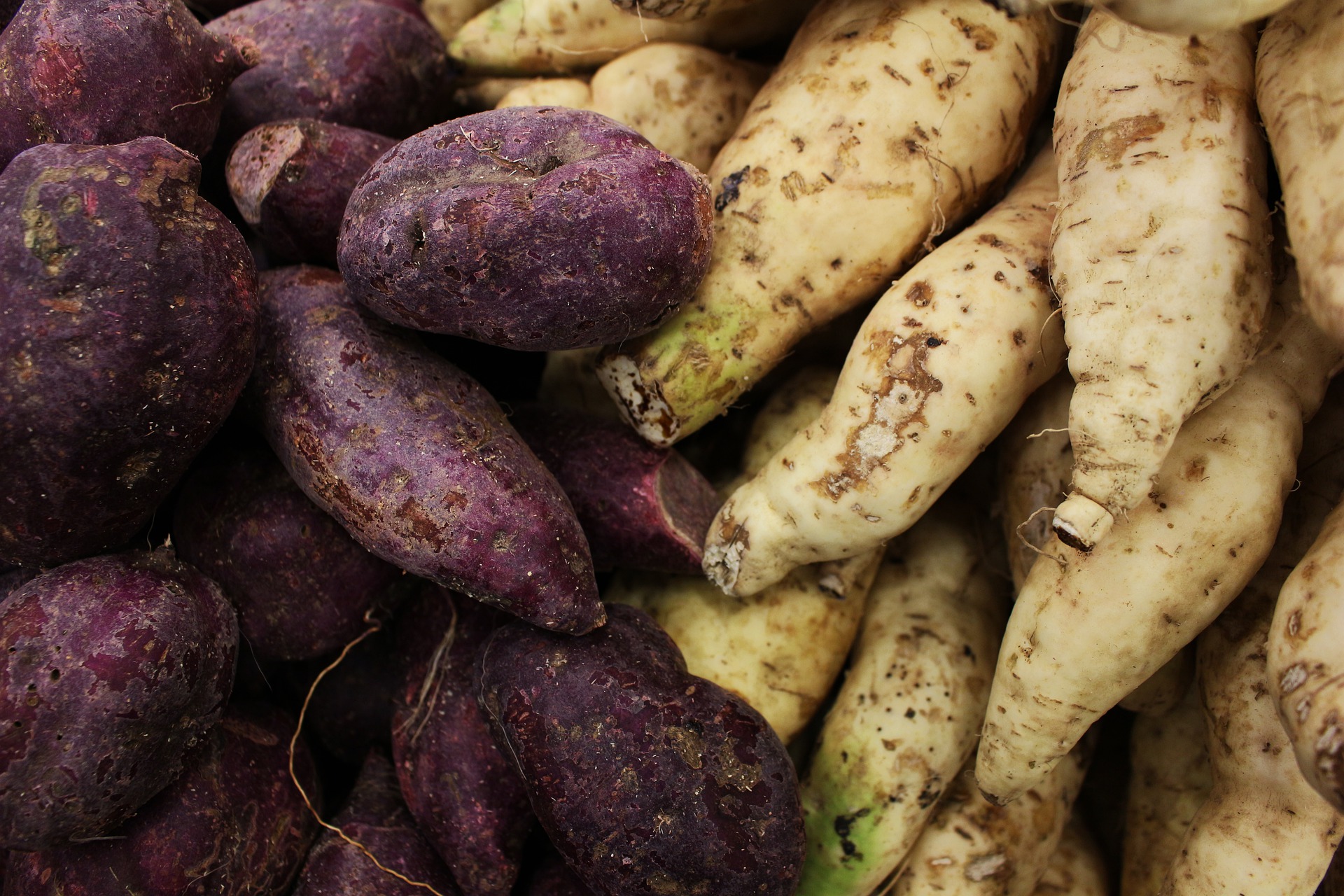Traditional food crops in almost every global society played a key role in sustaining the diets and
health of people. Our ancestors ate and drank to their health based on the food crops utilized in
their days. Most of these food crops had special characteristics such drought resistance, pest and
disease resistance, medicinal and nutritional values among others. Unfortunately, most of these
plant species across the globe are disappearing from the global food map and people who
hitherto were more or less food secure are today tinkering on the edge of hunger . The United
Nations (UN) Food and Agriculture Organization (FAO) reports that approximately 75 percent
of the Earth’s plant genetic resources are now extinct and another third of plant biodiversity is
expected to disappear by 2050 (Nierenberg, 2018). Many indigenous crops are environmentally
sustainable, improve food security, help prevent malnutrition, and increase farmer incomes.
A combination of traditional food crops and the modern technology-driven food crops should
be able resolve a larger chunk of our food security problem.
Alliance for Food Security clearly understands the nexus between food security and
traditional food crops and has thus purposed to pursue and where possible collaborate with
other like-minded organizations, individuals and communities in implementing creative and
innovative ideas/initiatives targeted at re-discovering the value and beauty of traditional food
crops, especially in Kenya and the larger Sub-Saharan Africa. Some of the targeted
traditional food crops include;
- Fonio- a versatile and gluten-free species of millet from the savannahs of West Africa is
nutritious, fast-growing, and suitable to dry conditions. - Baobab- An enormous African tree which has fruits containing a dry pulp that is
nutritious, flavorful, and useful as a thickening agent in food processing. - Moringa –a versatile and fast-growing tree that provides pods, leaves, and seeds packed
with nutrients. It’s a native to parts of Africa and South Asia. Moringa is drought-resistant,
grows well in sub-tropical regions and can even be used for water purification. - Mongongo- a widely distributed tree mainly found in southern African. It has been
popular for thousands of years for its nutritious nuts and is now being recognized and utilized
commercially for its effectiveness as a skin moisturizer. - Teff -An ancient, highly adaptable and nutritious grass especially native to East Africa and
is famous for withstanding extreme climates. It’s also a popular part of cuisines in Africa and
India. Teff, which is high in calcium and gluten-free can be eaten whole or ground into flour. - Amaranth -A versatile leafy vegetable plant which grows quickly in the humid lowlands
of Africa. It thrives in hot weather and is an excellent source of protein, vitamins, and
essential minerals, including calcium, iron, magnesium, potassium, and zinc. - Cowpea -This legume is one of Sub-Saharan Africa’s oldest crops. It’s drought resistant
and can thrive in areas with poor soil conditions. Cowpea leaves are also consumed as a
vegetable. - Spider Plant –a green leafy vegetable which is also known as the “African Cabbage,”. It
is high in protein, antioxidants, vitamins, and other micronutrients. - African Eggplant -a high yielding indigenous crop, drought-resistant and can be grown in
poor soils. The leaves of the eggplant are also consumed. - Argan-This is a tree native to the southern coast of Morocco that produces fruit
containing a valuable hard nut. This nut contains seeds that produce deep yellow oil with an
unmistakable rich flavour. In Morocco, there are women’s’ cooperatives dedicated to
producing Argan oil.

